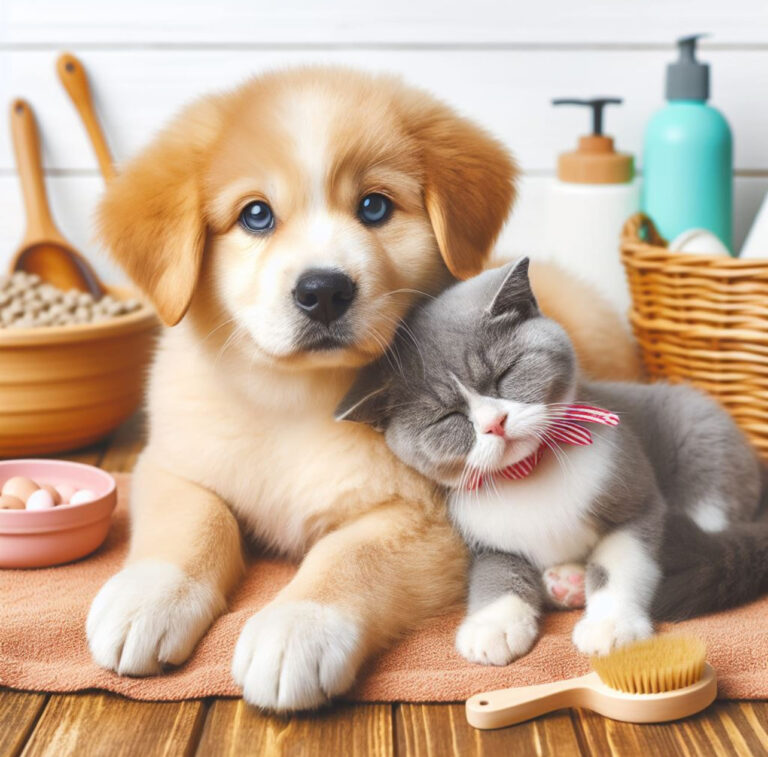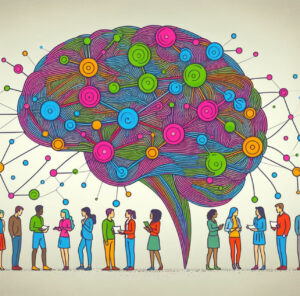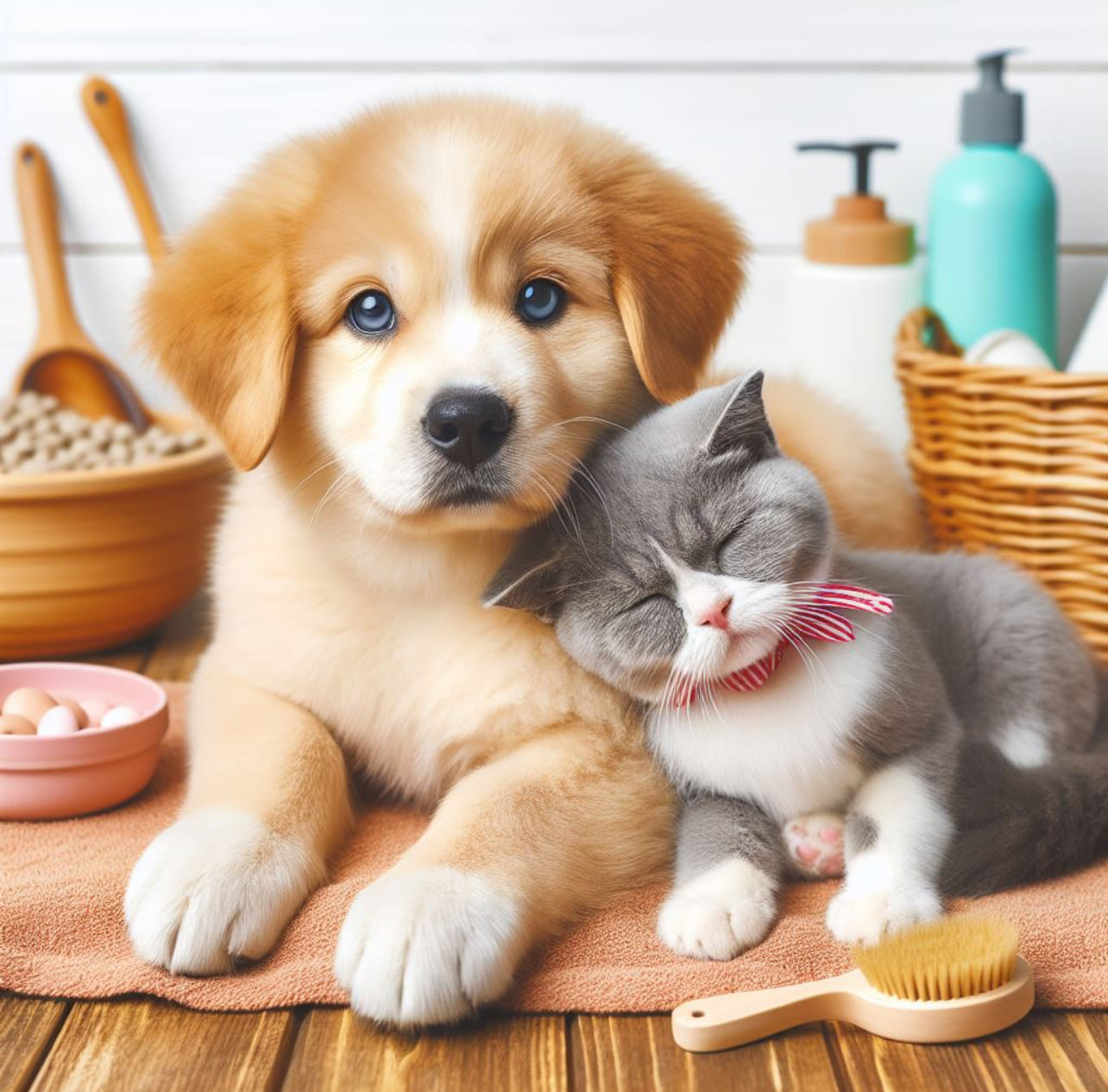

The Neurobiology of Social Bonds


What is friendship, and why do we need it?
Friendship is a relationship between two or more people who care about each other and enjoy spending time together. Depending on the situation and the people involved, it can be different in how strong, long, and exclusive it is. In addition, friendship can be shaped by cultural background, gender identity, personal attributes, and current life circumstances.
Moreover, this relationship is not unique to humans. Many other animals, such as primates, rodents, birds, and even fish, form social bonds with conspecifics that resemble friendship in some aspects. For example, some animals prefer individuals over others, share resources and information, cooperate in tasks, and groom each other. Additionally, they provide social support in times of stress or danger.


Friendship is beneficial for both individuals and groups. It can enhance survival and reproductive success by providing access to resources, protection from predators or competitors, assistance in raising offspring, and learning opportunities. Also, it can improve one’s mental and physical health by reducing stress, loneliness, depression, anxiety, inflammation, and cardiovascular disease.
Besides, it is essential for human social cognition and development, as it fosters one’s sense of identity, belonging, empathy, morality, and self-esteem. Friendship can facilitate cognitive abilities, such as memory, attention, language, and creativity.
How does friendship shape our brain?
Friendship is a complex social and emotional phenomenon that engages multiple brain regions and systems. Some of the brain regions involved in it are the following:
- Amygdala. This almond-shaped structure is located in the temporal lobe and is interested in processing emotions, especially fear and anxiety. The amygdala also plays a role in evaluating the salience and valence of social stimuli, such as faces, expressions, gestures, and voices. Also, it is sensitive to the familiarity and trustworthiness of social partners and modulates the responses to rewarding or threatening social cues.
- Hippocampus. The hippocampus, a seahorse-shaped structure in the medial temporal lobe, is essential for memory formation and consolidation. The hippocampus helps us to remember the context and details of social interactions and to maintain stable representations of social partners over time.
- Prefrontal cortex. This large region is located in the anterior part of the frontal lobe. It involves executive functions like planning, decision-making, impulse control, working memory, and social cognition. This part of the brain plays a role in regulating emotions and modulating social behavior. The prefrontal cortex integrates information from various sources and guides appropriate responses to social situations.
- The ventral striatum also plays a role in social bonding and attachment. It primarily responds to positive social stimuli, such as smiles, praise, or physical contact, and reinforces the behaviors that lead to them.
- Oxytocin system. Oxytocin also influences critical social behaviors like trust, empathy, and cooperation. Moreover, oxytocin affects physiology and behavior related to social bonding and affiliation. Also, it can increase confidence, kindness, generosity, cooperation, maternal care, pair bonding, and sexual behavior. In addition, it reduces stress, anxiety, aggression, and pain.
- Dopamine system. Dopamine is a neurotransmitter produced by neurons in the midbrain and released into various brain regions, such as the striatum, the prefrontal cortex, and the amygdala. Besides, it affects physiology and behavior related to reward and motivation differently. It can increase pleasure, arousal, learning, attention, and goal-directed behavior. Furthermore, it can also modulate social behavior, such as social preference, novelty, reinforcement, and pair bonding.
How Does Friendship Shape Our Behavior?
Friendship is one of the most rewarding and meaningful aspects of human life. Having friends can make us happier, healthier, and more resilient. The impact of friendship on our behavior varies depending on the situation, the people involved, and the closeness of the relationship. Some of the behavioral effects of it are as follows:


- Friendship can increase prosocial behavior, such as sharing, helping, cooperating, and altruism. Friends are more likely to cooperate and reciprocate with each other than with strangers or enemies. Also, they are more likely to help each other in need or distress, even at a personal cost.
- It can increase social learning and innovation. Besides, friends can provide information and feedback to enhance one’s knowledge and skills. They can also stimulate curiosity and creativity by exposing one to new ideas and perspectives as they facilitate social transmission and diffusion of novel behaviors or solutions.
- Friendship can increase social resilience and adaptation. Good friends can provide social support and buffering that can reduce the effects of stress, trauma, or adversity.
- It can improve social regulation and conformity. Besides, friends can provide social norms and expectations that guide behavior and attitudes.
How does friendship change over time?
Importantly, friendship is not a static phenomenon. It is a dynamic process that evolves depending on various factors, such as;


- The life stage of the individuals involved. Friendship can vary in quantity and quality across different developmental stages, such as childhood, adolescence, adulthood, and old age. For example, children tend to have more friends than adults, but adults tend to have more intimate and stable friends than children. Furthermore, they can serve different functions and fulfill other needs at different life stages, such as exploration, identity formation, intimacy, support, companionship, and legacy.
- Duration and frequency of the social bond. It can vary in intensity and stability depending on how long and how often the individuals interact with each other. Specifically, long-term and frequent friends tend to have more substantial and enduring bonds than short-term and infrequent friends. Besides, friendship can change in quality and quantity over time, depending on the continuity and consistency of the interactions.
- The context and environment of the social bond. Friendship can vary in scope and diversity depending on the physical and social environment in which the individuals live and interact. For instance, friends who live nearby or share everyday activities tend to have more frequent and diverse interactions than friends who live far apart or have different interests. The formation, maintenance, and dissolution of social bonds can also be affected by exterior aspects such as culture, politics, religion, or technology, which can either facilitate or hinder these processes.
- Characteristics and preferences of the individuals involved. Friendship can vary in compatibility and satisfaction depending on the personality, temperament, values, beliefs, goals, and priorities of the individuals involved. For example, friends who are similar or complementary to each other tend to have more harmonious and satisfying bonds than friends who are dissimilar or incompatible. It should be noted that friendship can also be influenced by internal factors, such as emotions, motivations, expectations, and attitudes, that may enhance or impair the quality and quantity of social interactions.


In conclusion, friendship is a complex and multifaceted phenomenon that affects our brains and behavior. It involves various cognitive and emotional processes that engage multiple brain regions and systems. Indeed, it influences different aspects of our physiology and psychology that affect our well-being and functioning. In addition, it evolves depending on factors that affect its formation, maintenance, and dissolution.
Friendship is a fundamental human need that enriches our lives in many ways. By understanding the neurobiology of friendship, we can appreciate its value and nurture its growth.
I hope this article is about how friendship shapes our behavior and has inspired you. If you did, please comment below and share it with your friends. And remember to check out our other articles. Thanks for reading, and I’ll see you in the next one!
References:
Brent, L. J., Chang, S. W., Gariépy, J. F., & Platt, M. L. 2014. The neuroethology of friendship. Annals of the New York Academy of Sciences, 1316(1), 1-17. https://doi.org/10.1111/nyas.12315
Carter, C. S., & Porges, S. W. 2013. The biochemistry of love: An oxytocin hypothesis. EMBO Reports, 14(1), 12-16. https://doi.org/10.1038/embor.2012.191
Dunbar, R. I., & Shultz, S. 2010. Bondedness and sociality. Behavior, 147(7), 775-803. https://doi.org/10.1163/000579510X501151
Lieberman, M. D., & Eisenberger, N. I. 2009. Pains and pleasures of social life: A social cognitive neuroscience approach. Neuroleadership Journal, 2(1), 38-43.
Insel, T. R., & Young, L. J. 2001. The neurobiology of attachment. Nature Reviews Neuroscience, 2(2), 129-136. https://doi.org/10.1038/35053579
Schultz, W., Dayan, P., & Montague, P. R. 1997. A neural substrate of prediction and reward. Science, 275(5306), 1593-1599.




